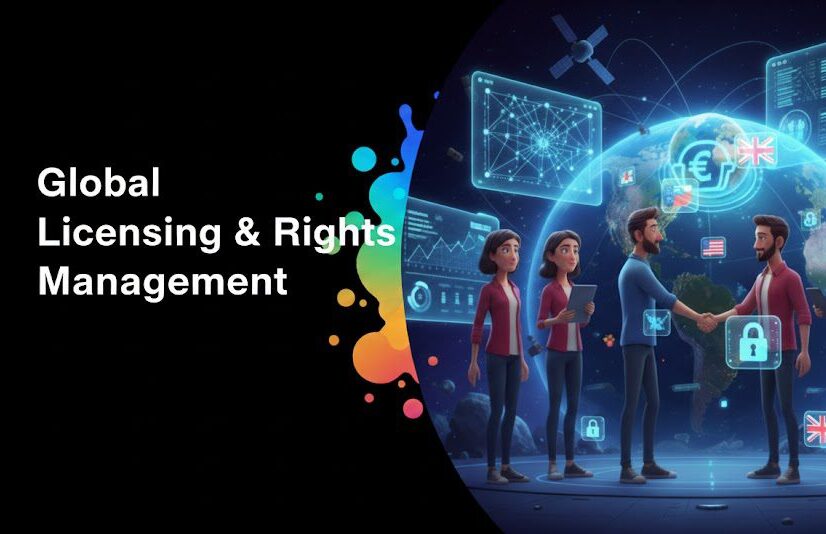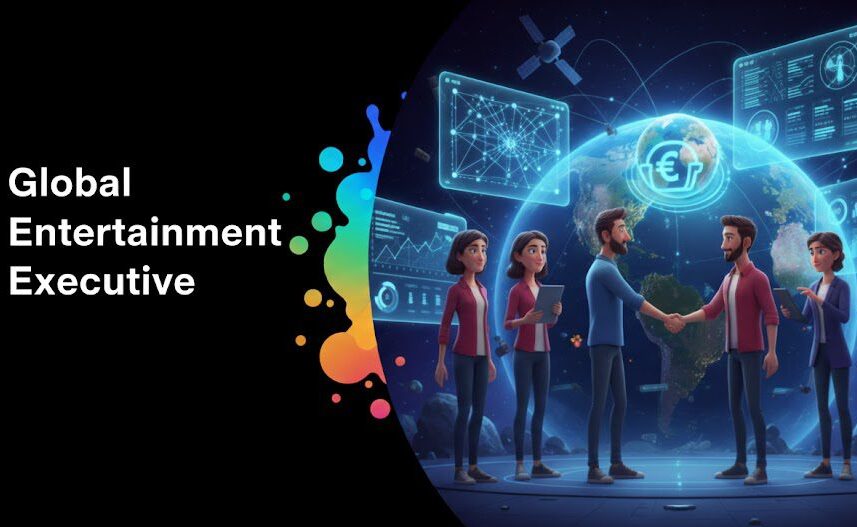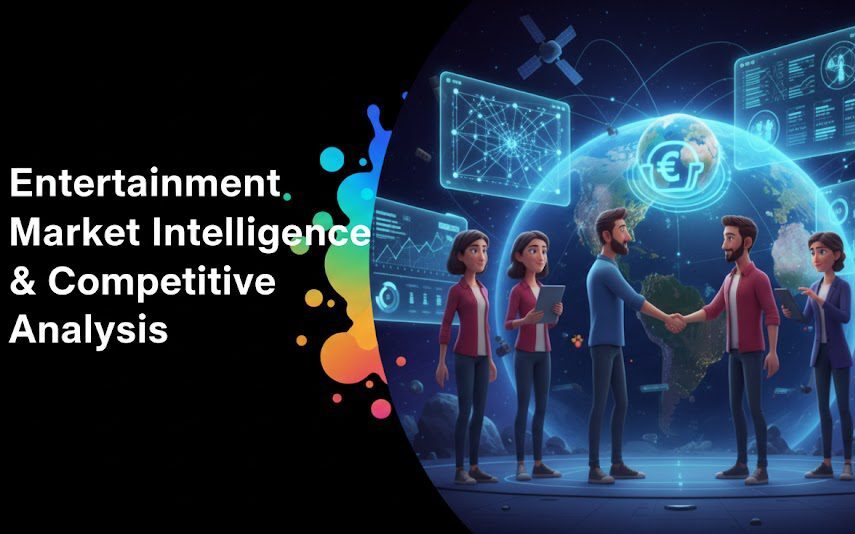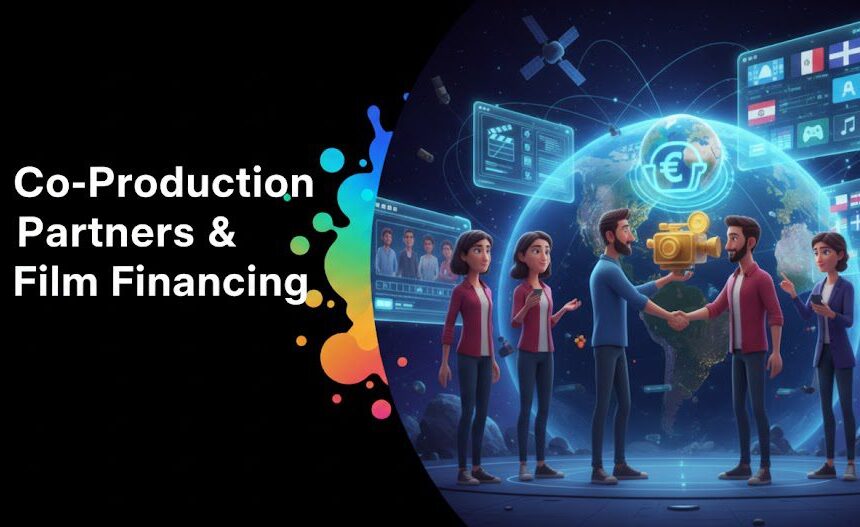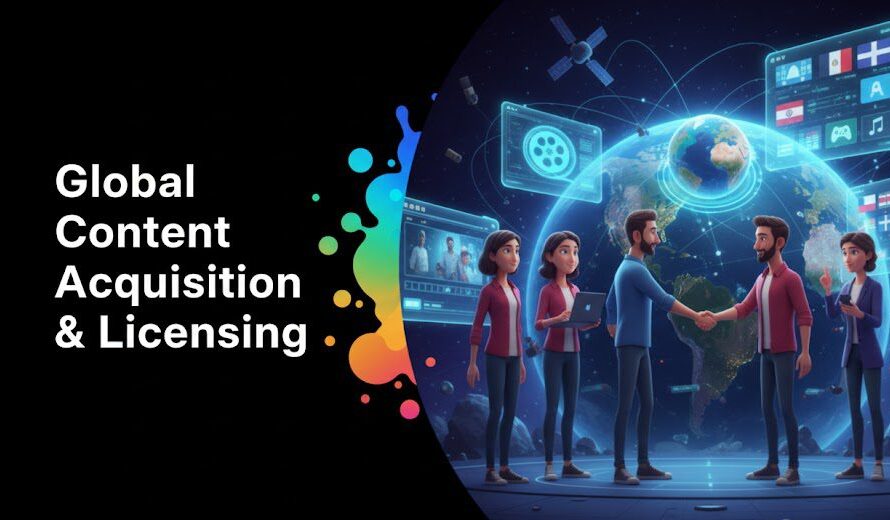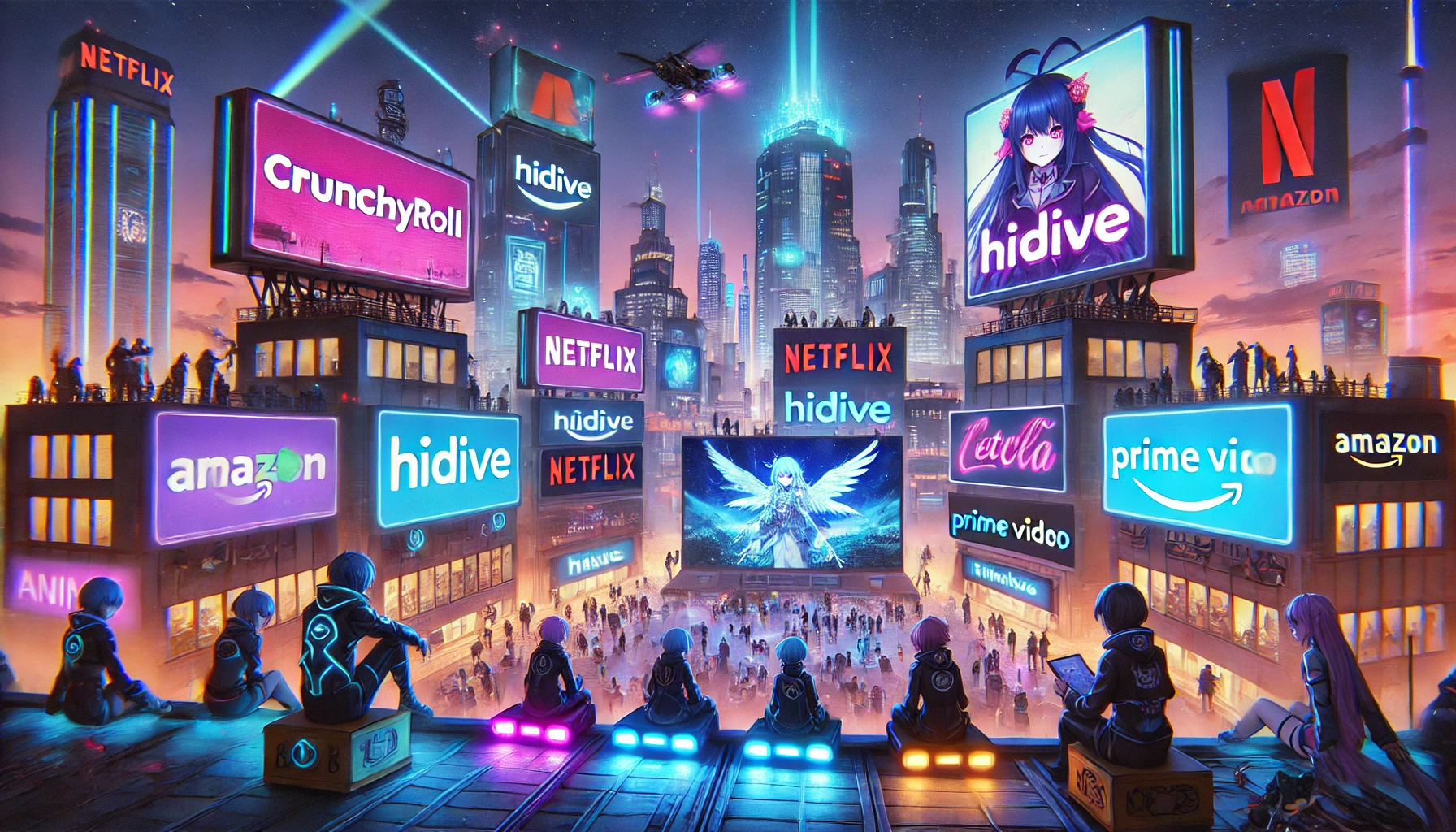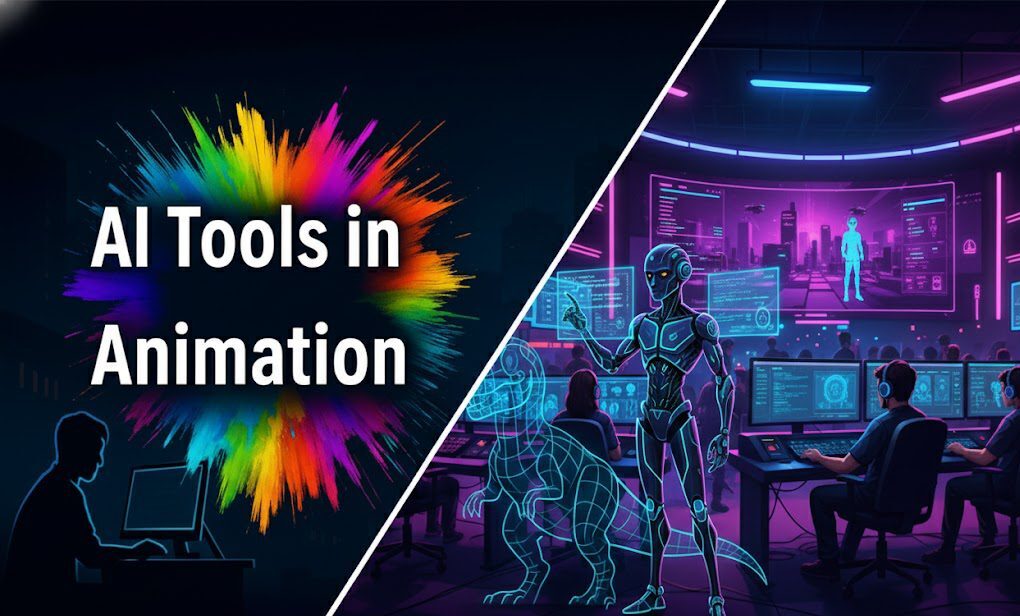Introduction
Are you looking to deepen your understanding of special effects techniques in Film and TV? This comprehensive guide will walk you through the most cutting-edge visual technologies, traditional SFX methods, industry applications, and how leading companies navigate this critical domain in the entertainment supply-chain. By the end of this article, you’ll not only know the key special effects techniques, but also how Vitrina empowers professionals and vendors to connect, qualify, and grow in this high-demand segment of media production.
Whether you’re a production services company, post-production house, content buyer, or distributor—this is your one-stop resource to elevate your competitive edge in the world of visual effects (VFX) and practical SFX.
Table of content
Power Your Film Projects with Expert Effects

What Are Special Effects Techniques?
Special effects techniques refer to the methods and technologies used to create visual illusions or enhancements in films, TV shows, and digital media. These effects range from computer-generated imagery (CGI) to mechanical effects, atmospheric simulation, and optical illusions that bring storytelling to life.
Today’s media landscape blends the boundaries between imagination and visual reality, thanks to continuous innovation in special effects—be it hyper-realistic digital creatures, seamless green screen integrations, or practical explosions done safely and convincingly on set.
Types of Special Effects
There are primarily two types of special effects:
- Practical (Physical or Traditional SFX): Created on set using props, prosthetics, animatronics, pyrotechnics, etc.
- Visual (Digital or VFX): Achieved through post-production using digital tools and software.
Each serves a specific purpose and often work together to enhance the final product. Most high-quality productions today use a hybrid model blending both.
Cutting-Edge Digital Effects Techniques
Modern digital special effects techniques include:
- CGI (Computer-Generated Imagery): Entire environments or characters built digitally.
- Motion Capture (MoCap): Capturing actors’ physical movements and translating them into animated models.
- Virtual Production: Real-time integration of digital environments with live-action footage using LED walls and game engines like Unreal Engine.
- Compositing: Layering multiple images or videos to create a single, cohesive scene.
- Simulation Effects (SimFX): Realistic rendering of fire, water, explosions, or smoke using AI and physics-based models.
- Deepfake & AI-enhanced SFX: Used increasingly for face replacement, de-aging, and digital doubles.
Stay Ahead in Visual Effects Innovation

Traditional SFX Techniques Still in Use
Despite digital dominance, many practical effects continue to play a vital role:
- Miniatures & Model-making
- Mechanical Rigs & Puppetry
- Matte Painting (in analog and digital formats)
- Pyrotechnics
- Makeup & Prosthetics
- Weather Effects (rain, snow, fog machines)
These techniques remain relevant for budget efficiency, realism, and artistic choice in certain productions.
Special Effects in Global Markets
From Hollywood to Bollywood, Seoul to São Paulo, every entertainment hub has its own cluster of SFX/VFX capabilities. Notably:
- India & Korea: Strong hubs for cost-efficient post-production and CGI.
- Canada & Australia: Government-backed VFX studios with global recognition.
- LATAM & MENA regions: Growing ecosystem of high-quality animation and SFX vendors with competitive pricing.
With content being localized and distributed globally, special effects houses are increasingly cross-border collaborators.
Industry Applications of Special Effects
Special effects are critical across:
- Feature Films & TV Series
- OTT Originals
- Documentaries (Historical recreation, Simulations)
- Commercials & Music Videos
- Live Events (Augmented Reality, Projection Mapping)
They impact both content aesthetics and production economics—driving audience engagement and commercial viability.
How Vitrina Helps with Special Effects Sourcing
Vitrina’s platform is the go-to destination for sourcing and qualifying special effects vendors globally.
- Discover VFX, CGI, MoCap, and Simulation studios by country, specialization, reputation, and past projects.
- Use deep company profiling to understand capabilities like software stack, team structure, past clients.
- Access decision-maker insights for faster outreach and partnership development.
- Identify ongoing projects requiring SFX vendors via the Vitrina Global Film+TV Projects Tracker.
- Premium members get support for outreach and deal-connections with the right SFX partners globally.
From finding niche animation firms in Indonesia to high-end SFX partners in Canada, Vitrina puts global discovery at your fingertips.
Key Takeaways
- Special effects techniques are a blend of art and technology—crucial to visual storytelling.
- Both traditional and digital SFX are used in today’s productions.
- Vitrina simplifies global vendor discovery and project matchmaking.
- Markets are expanding rapidly, and staying informed with Vitrina is a strategic advantage.
Frequently Asked Questions
Yes. Many films blend digital and practical effects for realism and budget control.
Absolutely. Vitrina specializes in helping discover niche partners across 100+ countries.
CGI creates digital content; MoCap captures real movement for use in digital models.





























